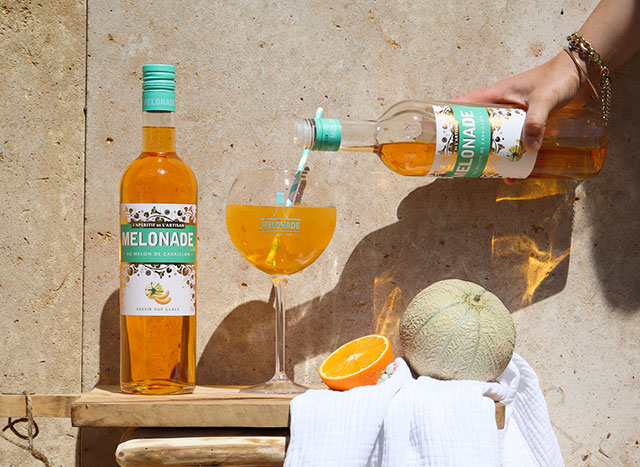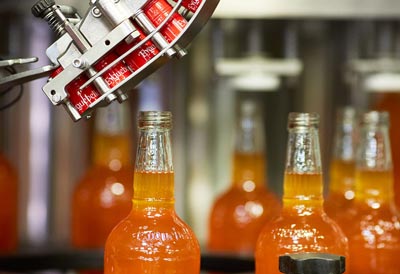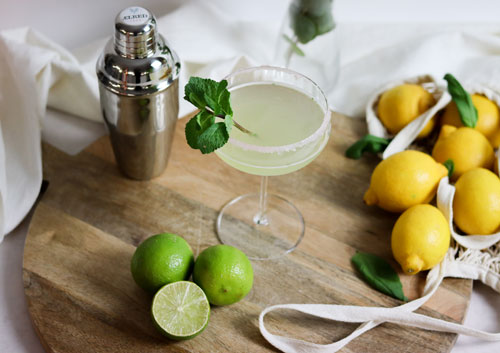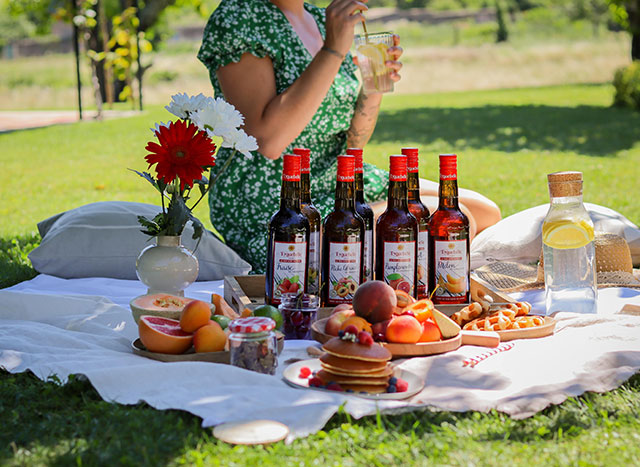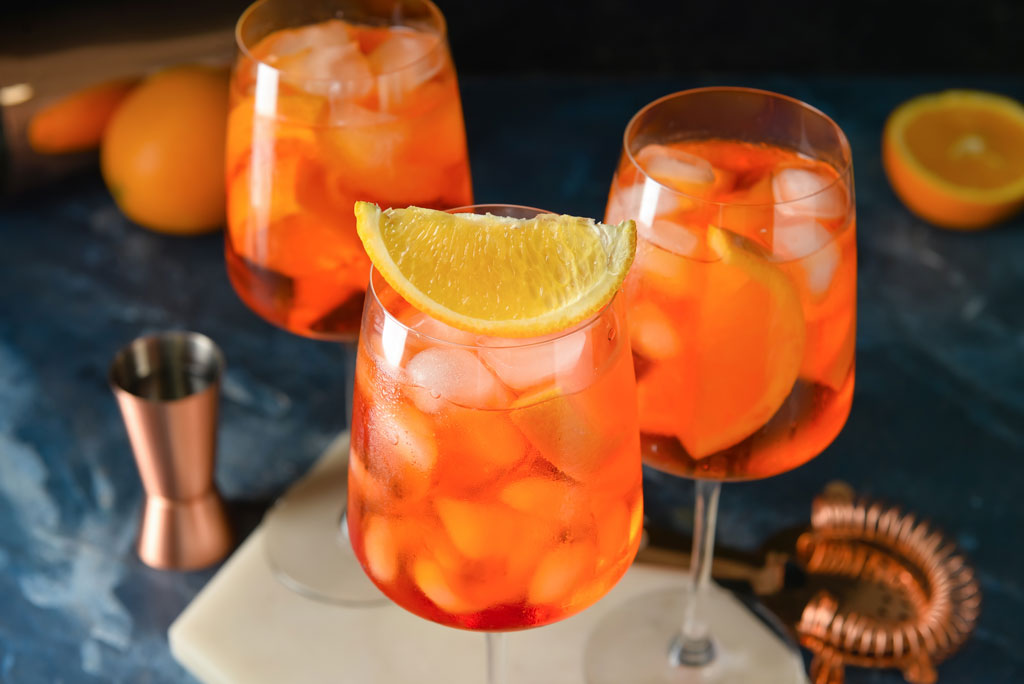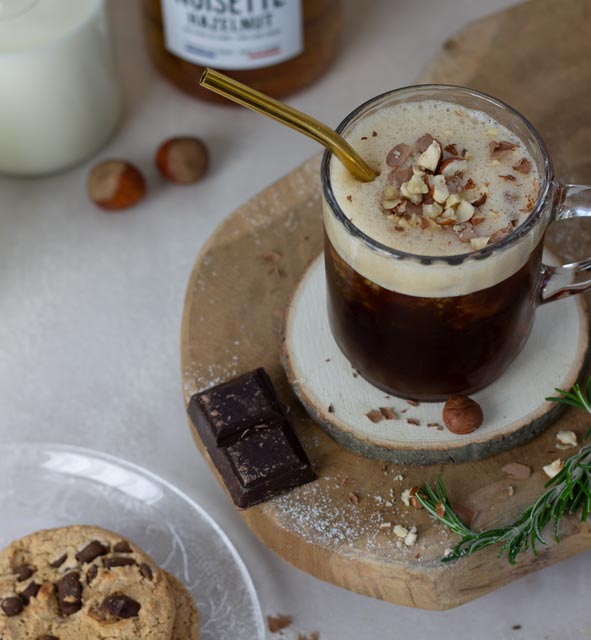
What is absinthe?
Absinthe, famous for its intense green colour and high alcohol content, is much more than a simple spirit. This complex drink, often nicknamed ‘the Green Fairy’, has been shrouded in mystery and legend since its inception. Appreciated in the 19th century by artists and intellectuals, it then became the subject of numerous myths, including exaggerated accounts of its supposed hallucinogenic effects.
These stories contributed to absinthe's sulphurous reputation, which led to it being banned in many countries in the 20th century. However, modern research has debunked many of these beliefs, and absinthe is now rehabilitated as a noble drink, prized for its unique taste and rich history.
Absinthe is produced mainly from plants such as mugwort (Artemisia absinthium), aniseed and fennel, giving it a complex aniseed flavour and a natural green colour. Its alcohol content generally varies between 45% and 74%, making it one of the strongest spirits. However, it is rarely drunk neat, and is often diluted with water as part of a very special tasting ritual.
Origins and history of absinthe
The beginnings of absinthe: its invention and the first distilleries
The origins of absinthe probably go back to the end of the 18th century in the Val-de-Travers region of Switzerland, where it was initially used as a remedy. According to legend, absinthe was invented by a herbalist named Mère Henriod, who created an early version of the liqueur for medicinal purposes.
She used wormwood, a plant already renowned for its stimulating and digestive properties. At the end of the 18th century, the recipe was taken up by a businessman, Henri-Louis Pernod, who founded the first commercial absinthe distillery in Pontarlier, France. The drink quickly gained in popularity and began to be produced in large quantities.
The golden age of the ‘Green Fairy’ in the 19th century
Absinthe's golden age really began in the 19th century. It quickly became a symbol of bohemian life, prized by artists, writers and intellectuals. In France, it was nicknamed ‘the Green Fairy’ and became the emblem of the cafés and bistros of Paris.
Iconic figures such as Vincent van Gogh, Henri de Toulouse-Lautrec, Paul Verlaine and Arthur Rimbaud regularly drank absinthe, finding it a source of inspiration. Absinthe is perceived as a poetic spirit, capable of stimulating the creative spirit.

However, this growing popularity did not please everyone. Towards the end of the 19th century, campaigns to denigrate absinthe were led by temperance movements, which pointed the finger at its high alcohol content and its alleged harmful effects on mental health.
Absinthe was accused of causing violent behaviour, and some went so far as to claim that it caused madness and hallucinations. These accusations, often amplified by isolated incidents, helped to tarnish the drink's reputation.
Bans and a comeback
Faced with this growing hostility, many countries decided to ban absinthe at the beginning of the 20th century. In France, the production and sale of absinthe was banned in 1915. Absinthe thus disappeared from bars and cafés for several decades, and its recipe was almost forgotten.
It was not until the 1990s and 2000s that the situation changed. Scientific research showed that Thujone, the chemical compound in wormwood accused of causing hallucinations, was in fact harmless in the doses present in absinthe. Many countries, including France, lifted the ban and absinthe enjoyed a veritable renaissance. Today, traditional and artisanal distilleries produce absinthe according to the original recipes, allowing this legendary spirit to regain its popularity.
Composition and production of absinthe
The ingredients of absinthe
Absinthe is made from several aromatic plants, the three main ones being
- mugwort (Artemisia absinthium)
- green anise
- fennel
Each of these plants brings unique flavours: mugwort gives bitter and slightly mentholated notes, while anise and fennel bring an aniseed sweetness that balances the drink. Some absinthes also include other herbs, such as lemon balm, hyssop and verbena, adding even more complexity to the final taste.
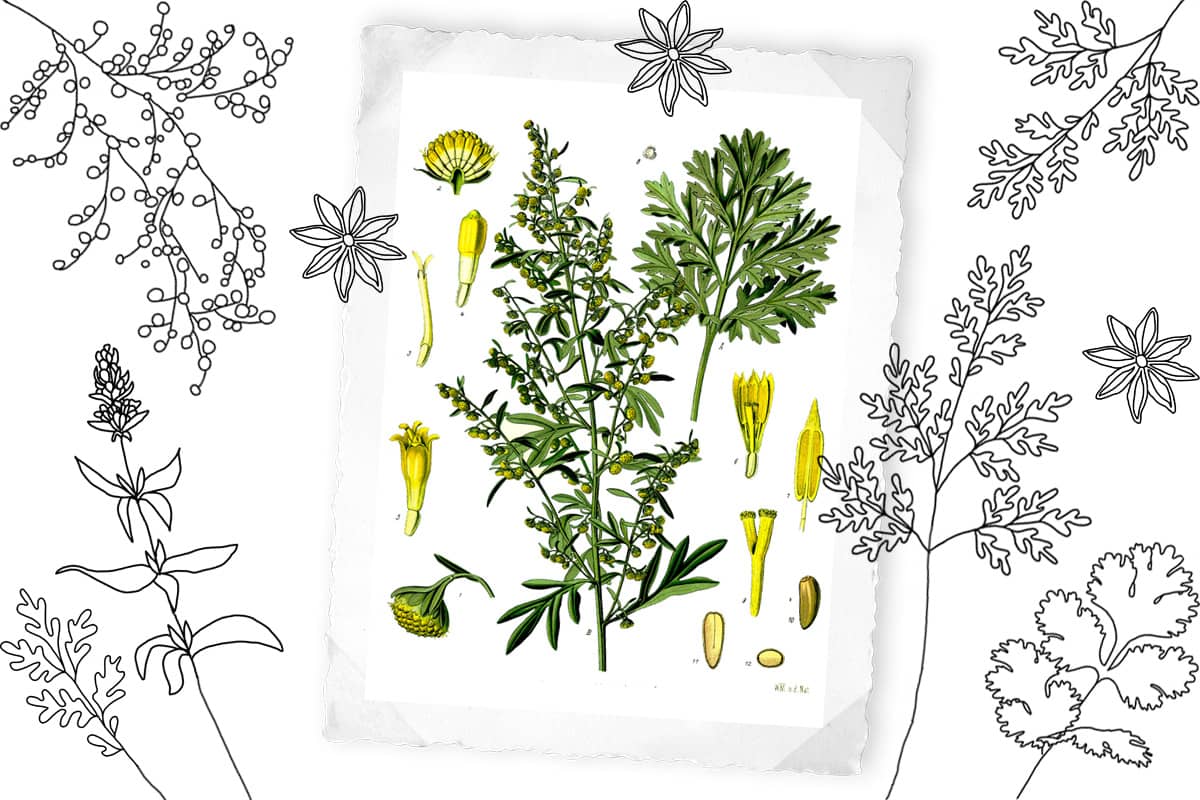
The distillation process
Absinthe is made following a meticulous distillation process. The plants are first macerated in neutral alcohol, then the preparation is distilled to extract the aromas. This process produces an absinthe that is pure and rich in flavour. Traditional absinthes are often naturally coloured green, thanks to the pigments in the plants added after distillation. There are also white versions, without colouring, and non-distilled macerated varieties, which can offer more intense but less refined flavours.
The different types of absinthe
There are several types of absinthe: green absinthe, characterised by its intense colour, white absinthe, which is colourless, and distilled or macerated absinthes. Macerated absinthes can have a more raw taste, while distilled absinthes are often more subtle and harmonious.
Alcohol content and effects: why is absinthe so strong?
Absinthe is a powerful spirit, with an alcohol content that can vary between 45% and 74%. This high alcohol content is due to its composition, which requires a high alcohol content to extract the essential oils from the plants. Contrary to popular belief, it is not the thujone but the alcohol that explains absinthe's potency. Scientific studies have proved that Thujone, although present in mugwort, is harmless in the doses consumed.
Absinthe is often compared to other strong spirits, such as whisky or rum, but it is distinguished by its herbaceous, aniseed flavours and the ritual of its consumption.
Absinthe drinking methods: how to taste it?
Absinthe tasting is a ritual in its own right, involving accessories and precise steps. Traditionally, a pierced spoon is placed on a glass containing a dose of absinthe. A sugar cube is placed on the spoon, and ice water is slowly poured over it, dissolving the sugar and diluting the absinthe.
This process creates a ‘louche’ effect, where the drink becomes cloudy, releasing subtle aromas and mellowing the flavour.
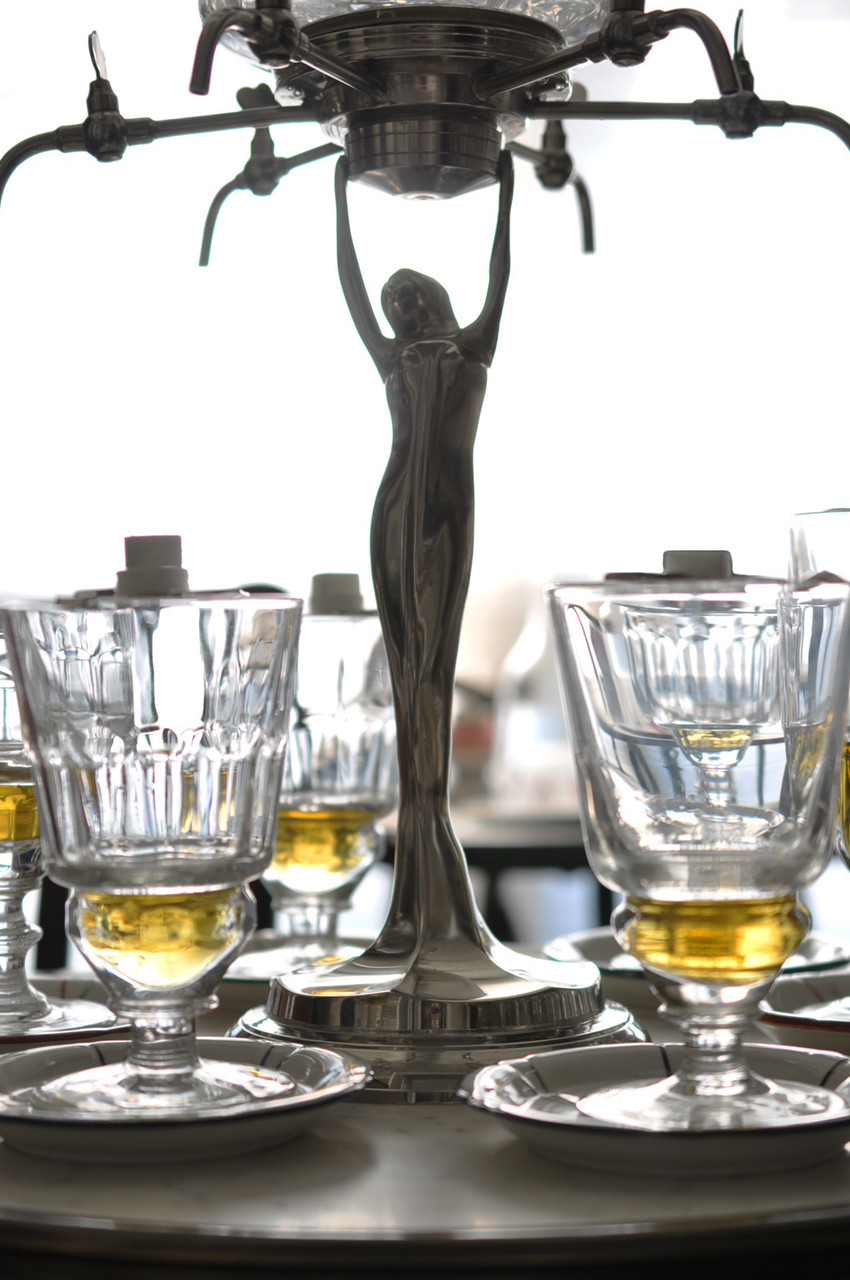
Nowadays, absinthe is also used in modern cocktails. It can be added in small quantities to give an intense aromatic touch, or incorporated into classic recipes such as the Sazerac, a popular cocktail based on whisky and absinthe.
Benefits and risks of absinthe
Historically, absinthe has been used as a remedy for its digestive and stimulating properties. However, the medicinal benefits attributed to absinthe are less sought after today, and it is mainly consumed for pleasure.
Being a very strong alcohol, absinthe should be consumed in moderation. Excessive consumption can entail health risks, and it is essential to remember that such high alcohol levels can have harmful effects on the liver and nervous system. The myth of absinthe as a ‘hallucinogen’ has now been dispelled, but caution is still recommended.
Find Absinthe Ælred on our E-shop.
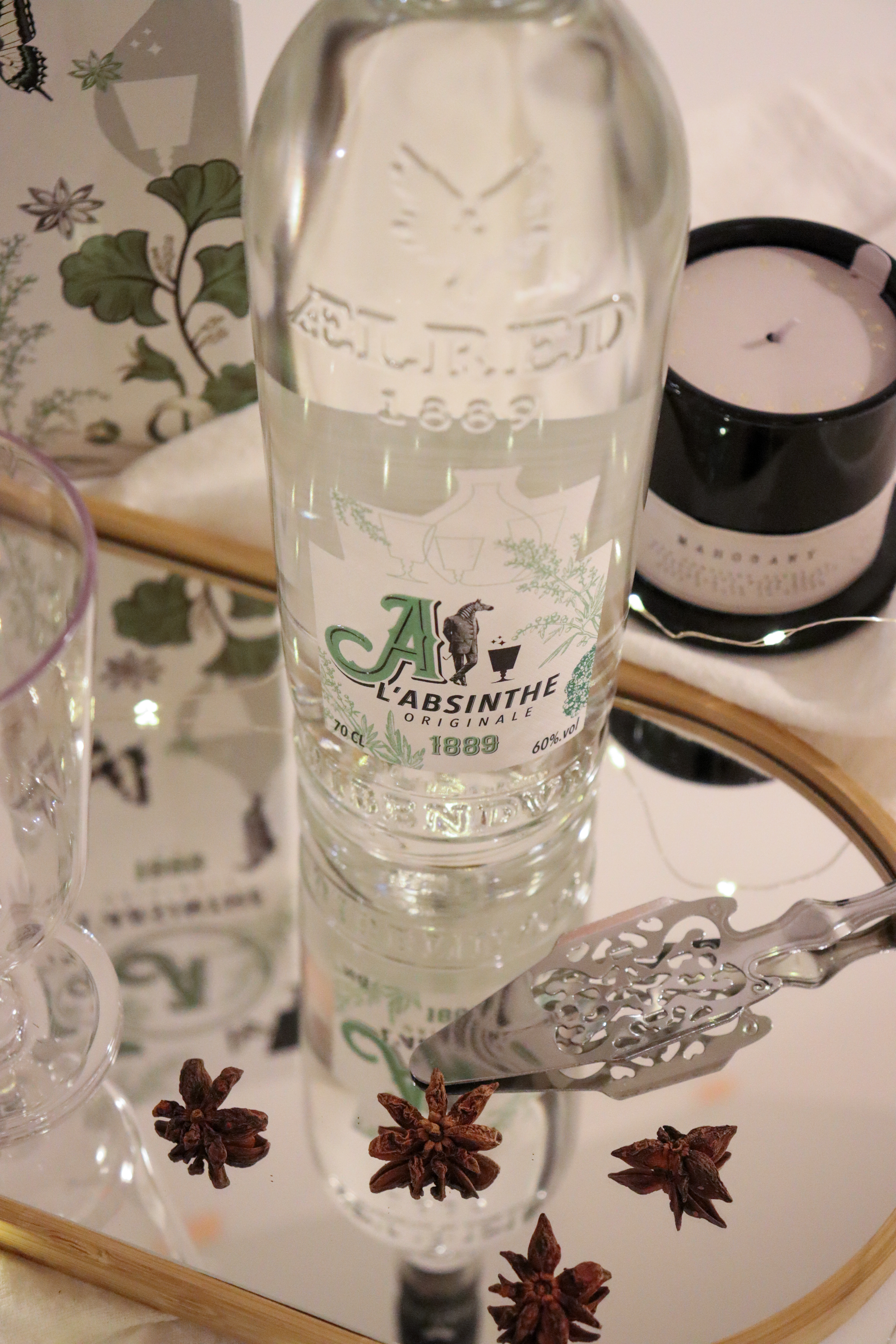
FAQ about Absinthe
Is absinthe still illegal ?
No, although some countries have maintained strict regulations on its production, absinthe is now legal in many countries, including France, where traditional brands have taken over production.
Can absinthe be made at home ?
Making absinthe at home is subject to legal restrictions in many countries. The distillation of alcohol generally requires a licence, as it can present health and safety risks. In addition, illegal distillation can result in penalties. However, it is possible to make an herbal infusion similar to absinthe using a commercially purchased base spirit, but this method will not have the complexity or finesse of a true distilled absinthe. To enjoy a quality absinthe, it is advisable to turn to artisanal distilleries or recognised brands, which respect safety standards and traditional recipes.
Why was absinthe considered dangerous in the past ?
Absinthe was perceived as dangerous mainly because of Thujone, a compound found in wormwood. For a long time, Thujone was accused of causing hallucinations and violent behaviour, which led to general mistrust. This reputation was amplified by certain cases of absinthe abuse leading to episodes of madness and violence. However, modern research shows that the amount of thujone present in absinthe is far too low to have any real psychoactive effects.
What is the alcohol content of absinthe ?
Absinthe generally contains between 45% and 74% alcohol. This makes it one of the most powerful spirits, designed to be diluted with water before consumption. Its high alcohol content helps to extract and preserve the aromas of the plants used in its manufacture.
What does absinthe taste like ?
The taste of absinthe is mainly marked by aniseed notes, provided by green anise and fennel. This flavour is often complemented by herbaceous and sometimes floral aromas from other plants such as mugwort and lemon balm. The flavour profile can vary depending on the ingredients and the production methods, but it is generally intense and unique.
Why did absinthe drive people mad?
The idea that absinthe drove people mad is a myth stemming from the mistrust of Thujon and some of the extreme behaviour associated with the drink. At the time, excessive alcohol consumption in general, as well as toxic substances sometimes added to cheap absinthes, could cause mental health problems. Today, it has been proven that the thujone present in absinthe has no hallucinogenic effect in the doses consumed.
When was absinthe banned ?
Absinthe was banned in France in 1915, following a campaign to denigrate the drink and pressure from anti-alcohol groups. Other European countries and the United States also banned absinthe at that time. It was not until the 1990s and 2000s that the ban was lifted in many countries, allowing absinthe to be legally produced today.



